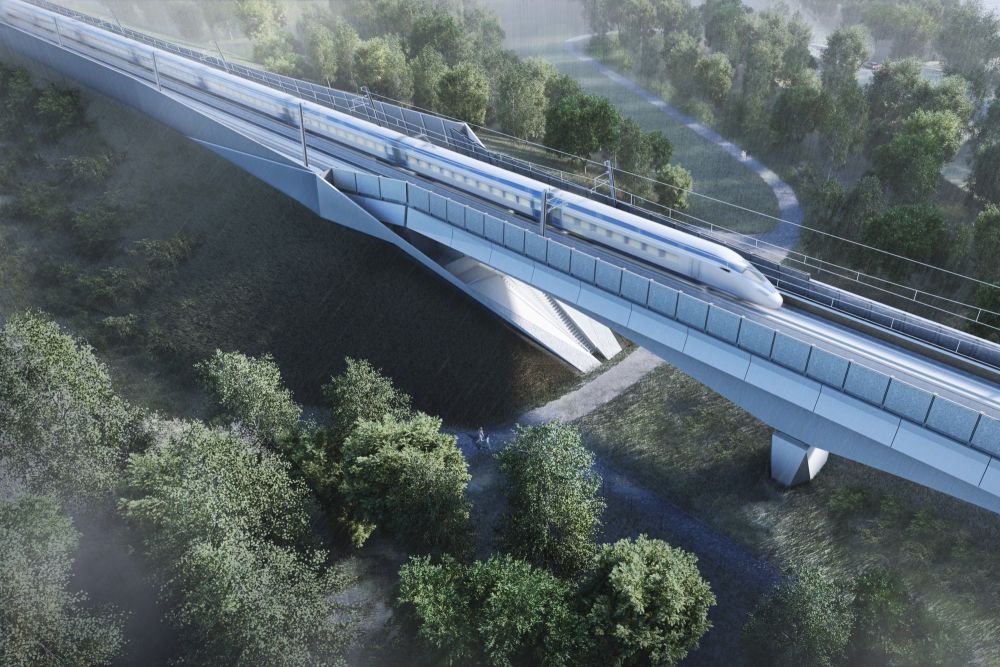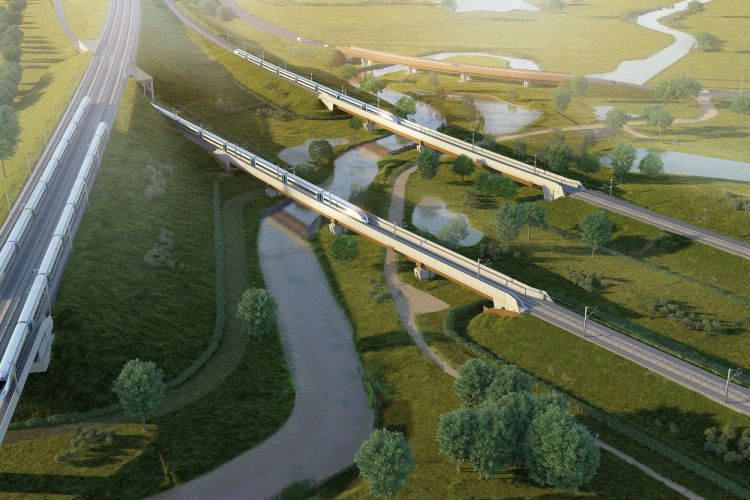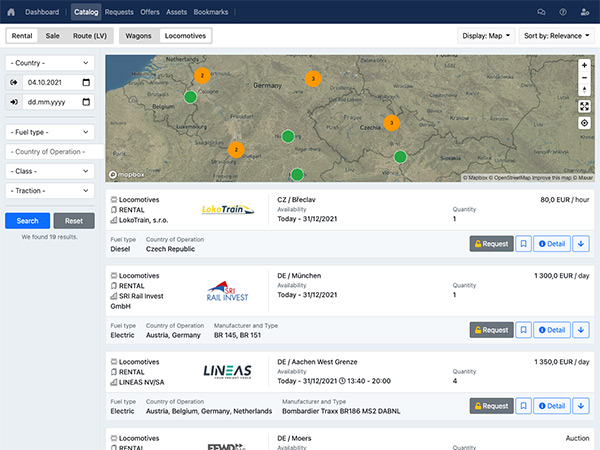In a first for the construction industry, a technology originally developed to design and optimise automotive and aerospace structures is being deployed to engineer viaducts on the British HS2 project.
As part of its Innovation programme, HS2 Ltd has teamed up with Leamington Spa-based Altair Ltd, to develop a unique, automated civil engineering design process driven by its software tool, OptiStruct®, that can reduce embedded carbon in HS2’s viaducts, as well as shrink viaduct design time from around a month to as little as one hour.

Traditionally the engineering design process to set a viaduct’s geometry and quantify the required materials takes around four weeks. Once set, there is almost never any opportunity to revise designs due to the nature of project delivery schedules.
However, by harnessing what is essentially the same intelligent design technology that Altair uses to design components and assemblies within modern aircraft and automotive vehicles to minimise the amount of raw material used, the firm’s HS2 collaboration team has tested and refined the OptiStruct-driven process for the civil engineering sector.
The technology enables engineers to flex a viaduct’s design. For example, the span length between each supporting pier could be increased, thereby reducing their overall number; or the deck carrying the train could be slimmed - all of which reduces cost, carbon and build time. The technology takes a viaduct’s operational requirements, including the speed, frequency, and braking load of the high-speed trains it will carry throughout its operational life. It then runs millions of design iterations based on the physical properties of all the materials it will be built with, including concrete and steel, to produce an optimised design. By using building materials most efficiently, and without compromising strength or longevity, the two companies estimate OptiStruct could reduce the amount of carbon embedded in the structures by as much as 10 per cent.
HS2 Ltd plans to mandate Altair’s technology for designing viaducts and bridges on Phases 2a and 2b for the high-speed rail programme.

